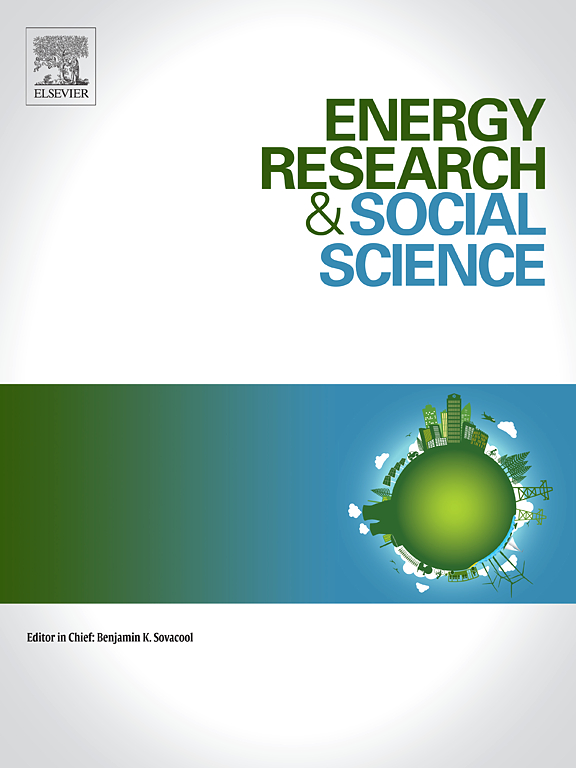The domestication of indigenous tropical trees starts with the identification of germplasm collection sites. Collecting from a wide genetic base enhances the ecological quality of each collection activity. Determining species occurrence, potential collection sites, and distribution by relying too heavily on published information based on their ‘biophysical limits’ has shown itself to be full of practical challenges. Within the tree domestication process, the identification and illustration of the geographic re-distribution of high-value tropical trees through their cultivation by farmers, enriches the process of tree germplasm collection. This paper draws parallels between tree cultivation by farmers in Cameroon and the inadvertent testing of the trees in niches and habitats often different from the natural homes of the species. By forcing species to adapt in regions other than those in which they might have been naturally selected, farmers ‘force’ certain genetic attributes of individual trees, necessary for their survival, to be expressed in one form of adaptation or another. The surviving trees may subsequently constitute unique stands with peculiar genetic and/or phenotypic characteristics. As these resilient man-made stands spread across broad geographical areas, mapping them becomes equivalent to recording an expression of that ‘resilience’ factor in the species. Recording these sites with the rest of its natural range of occurrence is thus equal to mapping the species' diversity or its ‘domestication range’. The methodology used in this study utilized published biophysical information on vegetation, precipitation, temperature and altitude, as well as geographic data on germplasm collection, cultivation sites and natural stands. These data layers were then used to suggest zones of possible occurrence and distribution. Field collections and survey activities were later used to verify incidence and cultivation sites of four sample tropical tree species, in Cameroon: Irvingia gabonensis, Cola nitida, Prunus africana, and Dacryodes edulis.
DOI:
https://doi.org/10.1080/14888386.2003.9712685
Altmetric score:
Dimensions Citation Count:
























